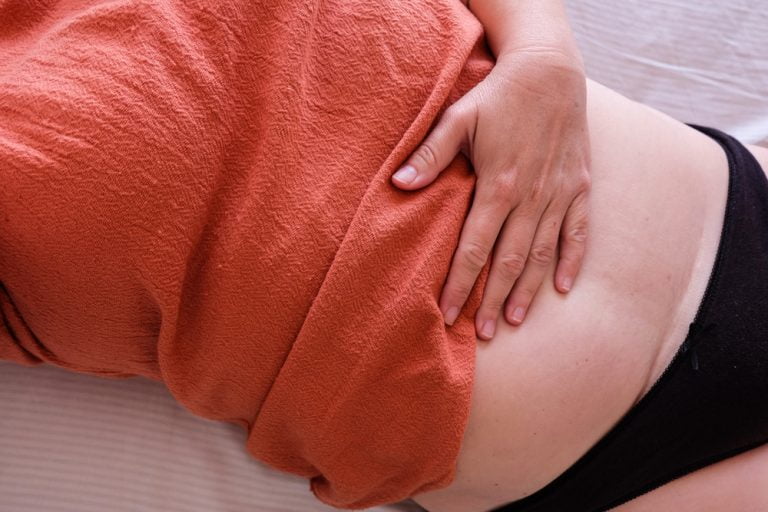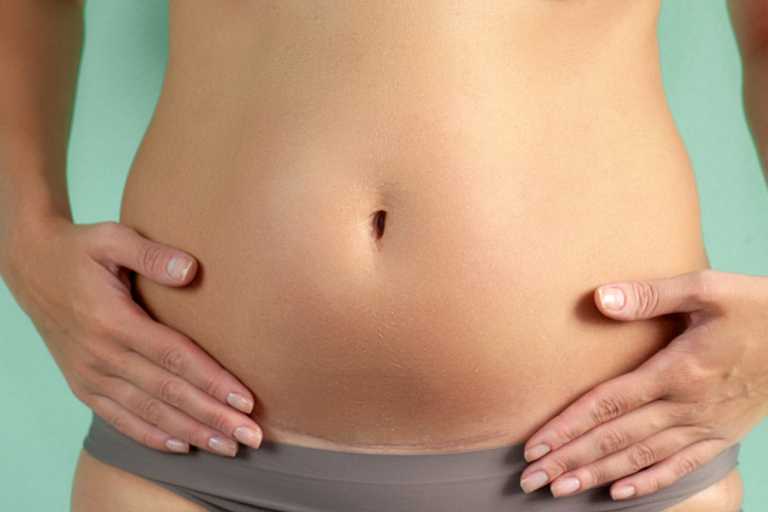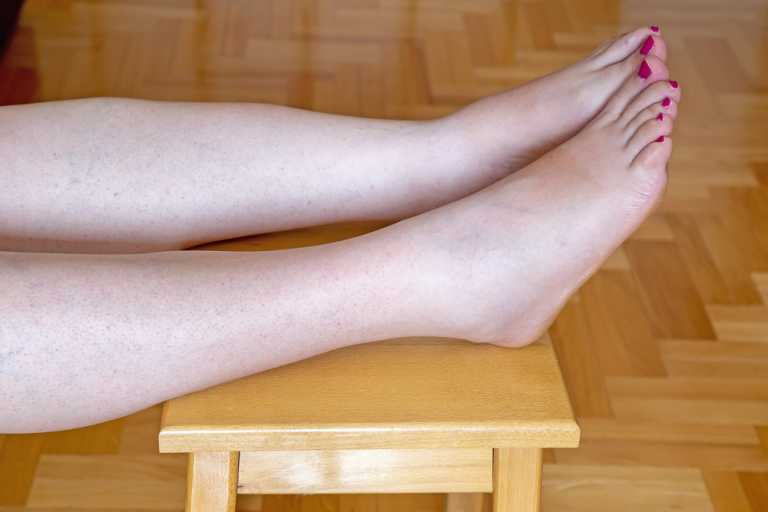It’s natural to want to return to normal activities after giving birth. Driving is a symbol of independence and control. We’re able to go where we want when we want.
But, a c-section is major surgery and your body needs time to recover.
Research shows doctors recommend driving one to six weeks after your c-section. But, several factors can affect your recovery timelines, like pain and other complications.
Learn more about what your doctor looks for before they release you back behind the wheel.
Why Can’t You Drive Immediately Following a C-Section?
After giving birth, your body needs to take time to heal. So it would be best to rest that first week at home. Avoiding a lot of visitors and stress is a great way to make the healing process as smooth as possible.
Your doctor considers several factors when giving the all-clear to drive. Factors like:
- Pain medication use
- Wound healing
- Post-op complications
Any person trying to drive too soon after surgery may impede healing. Also, any sudden movements from braking can cause pain and injury.
It’s not illegal to drive a car after a c-section, but waiting for your doctor to clear you helps in keeping you healthy and safe.
Pain Medication Use
Pain may occur after a c-section. A recent study estimates 78.4% of women have post-op pain after a c-section. You may feel discomfort from:
- Uterine contractions
- Breast pain
- Incision pain
- Soreness from surgery
Medication and other treatments might be necessary to manage the pain. Your doctor may also prescribe opioids or similar drugs to help.
Opioid medicine can cause excessive drowsiness, which makes driving unsafe. You should avoid getting behind the wheel while taking narcotic pain medication.
Also, more stress and jolts felt while driving can worsen your pain and impede recovery. So it’s better to avoid it unless necessary and approved by the doctor.
Wound healing
An incision is sensitive in the first days after a c-section while healing. It may need to stay covered with a dressing or Steri-Strips. So, driving too soon may cause irritation or infection even when covered.
Stress from traveling might also cause the incision to not heal and be more prone to opening.
You will need a follow-up visit with your doctor to check the incision after your c-section. Let them know if you experience any of the following:
- Redness, swelling, warmth, or drainage at the incision
- Incision breaks open
- Fever, more than 100 degrees Fahrenheit (37.78 °C)
- Increased belly pain
These symptoms may mean your incision isn’t healing as it should, or it might have opened. You may also have a severe infection that requires additional care.
Some treatments involve wearing a bandage. You may also need to restrict movement to the area, which may delay driving. Avoiding stomach sleeping and bending is also a good idea.
Other Post-Op Complications
Caring for yourself and your newborn after a c-section should be expected. It’s a major surgery that comes with possible complications like:
- Blood clots: A c-section delivery doubles your risk for a dangerous blood clot.
- Severe vaginal infection: Endometritis occurs when bacteria enter the vagina after a c-section.
- Urinary tract infection (UTI): Studies suggest a birth via c-section carries a higher risk for UTI, since a catheter is necessary for surgery.
- Swelling: Before and after delivery, you may experience swelling due to extra fluid in the tissues of the feet, arms, legs, and around the incision.
- Gastrointestinal issues: Diarrhea, gas, and indigestion are common after a c-section.
Each outcome will likely need more care and treatment. They may also delay your return to daily activities such as driving and exercising.
Insurance implications: Be aware of potential insurance implications related to driving after surgery. Some insurance policies may have specific clauses regarding driving post-surgery, and it’s essential to understand and comply with these terms to avoid coverage issues in case of an accident. Review your policy, and contact your insurance provider if you have questions or concerns about your coverage during your recovery period.
Tips for Caring for Yourself at Home
- When you feel tired, rest to help your recovery.
- Start walking around at home, but do only what is necessary. Walk more each day than you did the day before.
- Your doctor might tell you to take off work for at least six weeks after delivery.
- Wait to exercise for about six weeks or until your doctor says it’s okay.
- Avoid lifting anything heavier than your baby.
- Hold a pillow against your belly when coughing or taking deep breaths.
- Clean your incision with soap and water only. Pat it dry when done.
- Avoid wearing tampons or having sex after a c-section for about six weeks, or until your doctor clears it.
Driving precautions
When you’re ready to get behind the wheel, there are things to consider.
Ensure you sit comfortably in the car with the seatbelt fastened. Then, if you experience any pressure or pain, speak with your doctor about it before driving.
Start taking only short drives at a slow speed. Drive with a loved one who also drives in case you need to stop or take a break.
Pull off into a safe spot and stop if you feel pain or dizziness. Please consider reporting any symptoms to your doctor before trying again.




